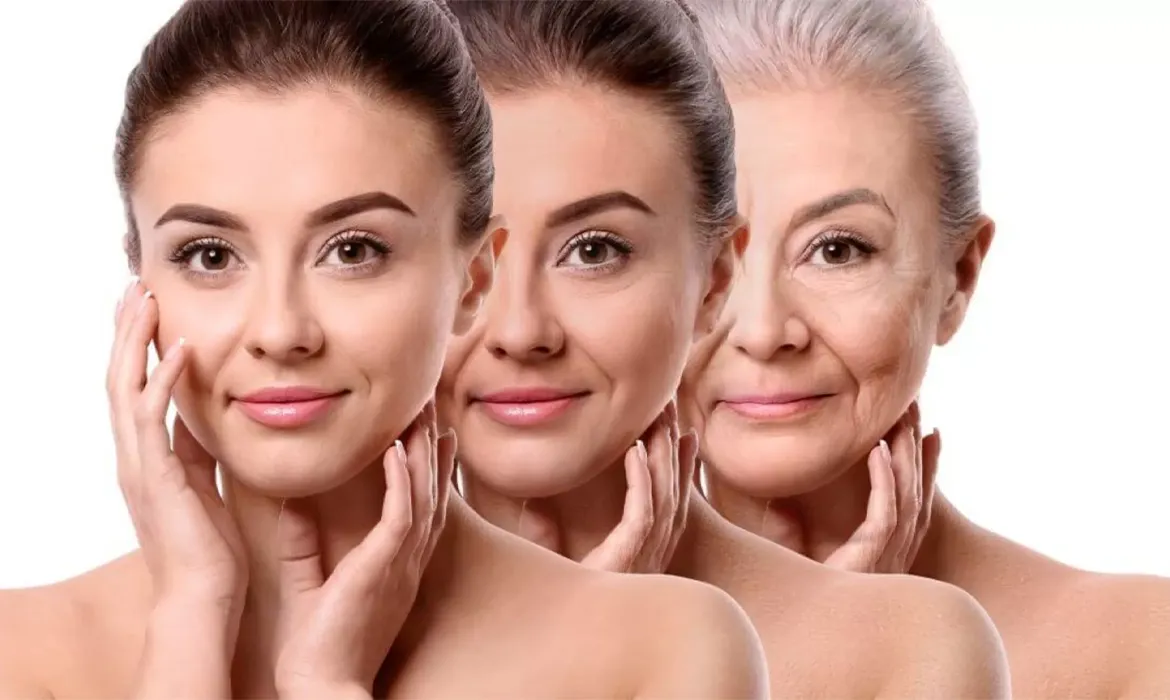Skin aging is a complex biological process influenced by intrinsic (chronological) and extrinsic (environmental) factors. Intrinsic aging is genetically programmed and characterized by a gradual decline in cellular activity, reduced turnover of keratinocytes, and fibroblast dysfunction. This leads to decreased production of structural proteins such as collagen type I and III, elastin, and hyaluronic acid. As a result, the dermal-epidermal junction flattens, skin loses elasticity and firmness, and fine lines begin to appear. On the other hand, extrinsic aging—also called photoaging—is largely caused by environmental aggressors, particularly ultraviolet (UV) radiation, pollution, cigarette smoke, and poor lifestyle habits. UV exposure promotes oxidative stress and the activation of matrix metalloproteinases (MMPs), which degrade collagen and elastin. This results in deep wrinkles, pigmentation, telangiectasia, and leathery texture. Glycation, where sugars bind to proteins forming advanced glycation end-products (AGEs), also contributes to stiffness and loss of skin radiance.
Current anti-aging strategies focus on both prevention and repair. Topical retinoids are the most evidence-based agents for improving fine lines and texture by increasing dermal collagen and epidermal turnover. Antioxidants like vitamin C, ferulic acid, and niacinamide help neutralize free radicals and brighten the skin. Peptides and growth factors stimulate fibroblast activity and aid in extracellular matrix regeneration. Hyaluronic acid-based moisturizers and fillers restore volume and hydration, reducing the appearance of wrinkles. Preventive strategies, including broad-spectrum sunscreen use and a diet rich in polyphenols, omega-3 fatty acids, and antioxidants, help delay the onset of visible aging.
 Fluid Natural Sunscreen
1 × 690,000 T
Fluid Natural Sunscreen
1 × 690,000 T  Vitamin C & Niacinamide Serum
1 × 880,000 T
Vitamin C & Niacinamide Serum
1 × 880,000 T  Tinted Natural Sunscreen
1 × 710,000 T
Tinted Natural Sunscreen
1 × 710,000 T 